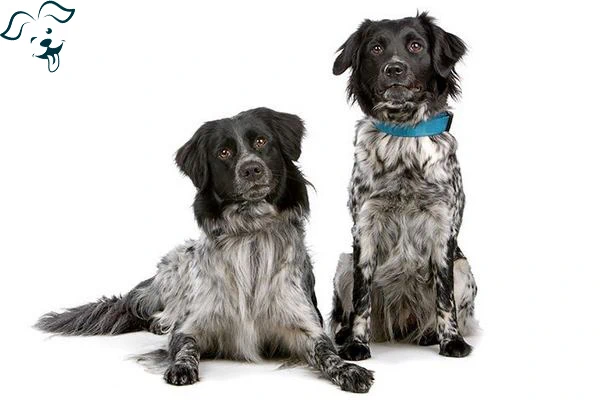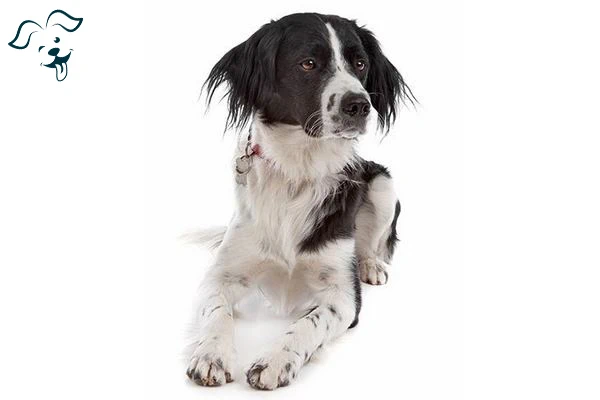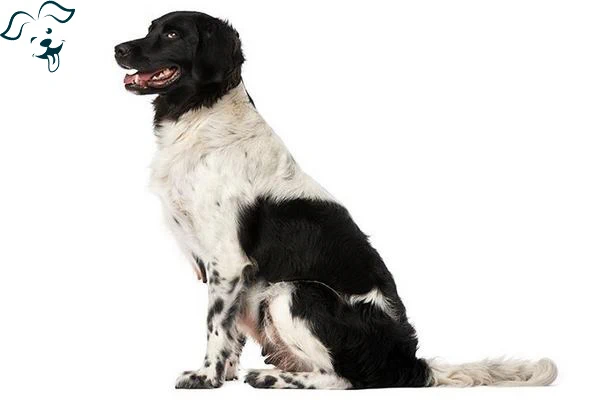Despite its relatively limited numbers, the Stabyhoun is a breed with a commendable bill of health. Organizations like the ASA and NVSW are dedicated to maintaining this status. Ethical breeders conduct thorough checks for health conditions including epilepsy, hip and elbow dysplasia, patent ductus arteriosus, and cerebral dysfunction as part of their commitment to the breed's well-being. The ASA, through its breeding strategies, endeavors to minimize the prevalence of these conditions, a challenging task due to the ambiguous and not always hereditary nature of their causes. Health Assessment Recommendations from the Breed's National Association: |
Stabyhoun
ATTRIBUTES: Intelligent Loving, Responsive
GROUP: Foundation Stock Service
ACIVITY LEVEL: Energetic
BARKING LEVEL: Medium
COAT TYPE: Smooth, Double
COAT LENGTH: Short
SHADDING: Seasonal
SIZE: Medium
TRAINABILITY: Easy Training
CHARACTERISTIC: Medium Dog Breeds
Breed Overview

Ancestry
Pointer

Origin
Netherlands

Registration
2005

Size
19 - 21 Inches

Weight
40 - 60 Pounds

Expected Life
13 - 15 Years
























FRIENDLINESS
LIVELINESS
VIGILANCE INTENSITY
ADAPTATION CAPACITY